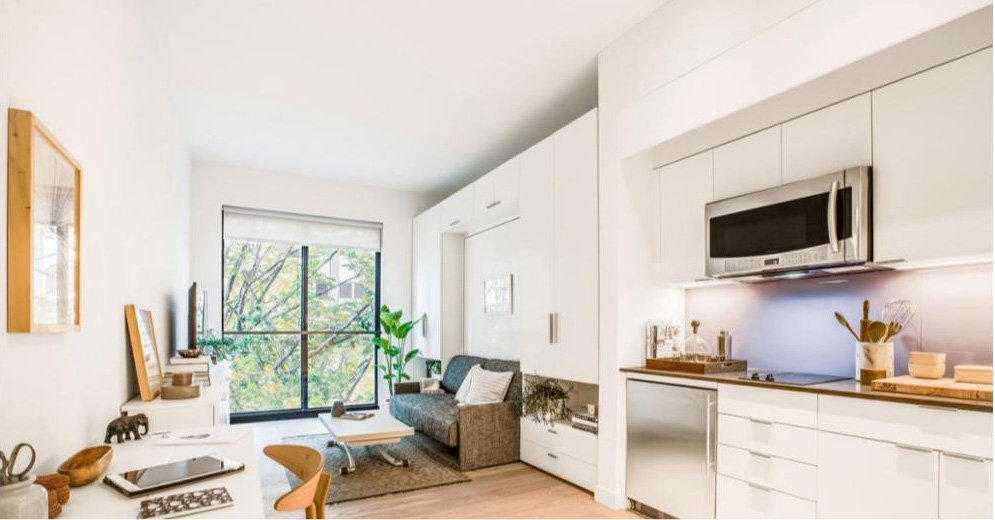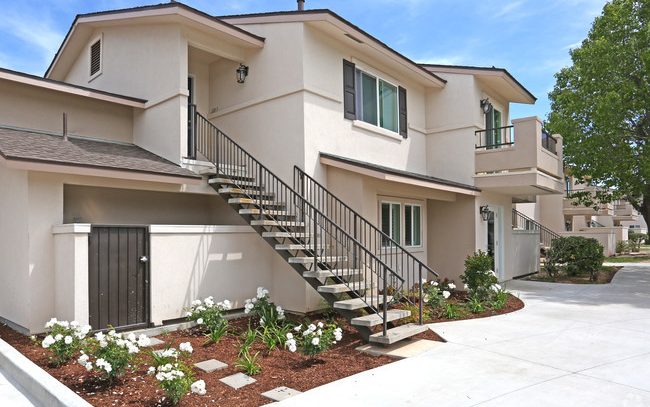Micro units are a growing trend in the industry that is no longer confined to the coastal states. While the definition of what qualifies as a “micro unit” varies based on region, they are generally 250 – 400 square foot apartment units that include a full (compact) kitchen and bathroom. They generally push the lower limits of what city planning will approve regarding living space, however there have been some notable and high profile exceptions in recent times in which cities have allowed this lower range to be breached, such as Carmel Place in NYC.
The Urban Land Institute released a comprehensive white paper on Micro Units, their performance relative to their larger counterparts, desired aspects and amenities of tenants and a profile of tenants in general. As expected the units appeal primarily to Millennials, who incidentally are the most burdened by student loan debt out of the generations currently active in the workforce. Not surprisingly, across two separate studies in the paper, the primary driver for renters to seek these units is the location: urban core, “trendy”, proximate to supporting market amenities (grocery store is #1 on the need list), and 25% 30% cheaper than average sized units in the sub-market. The resultant product which has been readily absorbed by this demographic has been efficient, well located and attractive, utilizing high ceilings and natural lighting to make the unit appear more spacious.
While the lists and demographics do indicate that the vast majority of the renters are 20 something professionals, it appears that the “micro unit” concept remains stigmatized in some cities and municipalities without NYC zip codes. This is important to note, as it appears that some communities and zoning boards have longer memories than “innovative” real estate trends, and this model causes some to recall the greatly stigmatized Single Room Occupancy (SRO) use.
The SRO’s came to prominence (or infamy) in the 1970’s and 1980’s. While most of them were old converted hotels which shared amenities such as bathrooms and kitchens, some offered apartmenttype fixtures in individual rooms as well, similar to the micro unit concept. There is a massive 30 year paper trail of articles available from Los Angeles to New York addressing the squalor and urban blight that this property use wrought, despite the concept being touted with good intentions toward the working class upon its inception.
But this time it’s apparently different. Rather than catering to the downandout of society, it would appear that the goal would be to provide more affordable housing to the folks with college degrees and entry level positions who just can’t afford to start their own households, right? Well with growing income inequality in major MSAs and with the micro unit concept being proposed as a potential solution, the intentions appear to be a bit murkier than the stats. For instance, the previously referenced Carmel Place property was birthed from a 2012 competition adAPT NYC which was hosted byMichael Bloomberg, who stated, “People from all over the world want to live in New York City, and we must develop a new, scalable housing model that is safe, affordable, and innovative to meet their needs.” Carmel Place was completed as a mixedincome complex with a “micro luxury” component in order to avoid the SRO stigma and 60,000 people applied for the few low income units available in the building.
Top neighborhoods in the major MSAs should be able to support this use as designed as long as the property is well maintained and managed, but what about “mission creep”? Land and development costs are exceedingly high, even out of the best neighborhoods in many MSAs, and in reality few major cities are as walkable as New York or San Francisco. This brings us to the curious case of micro units in Little Havana, a neighborhood in urban Miami.
Developers have been pushing to soften (or totally ignore) parking requirements and shrink units in Miami for the past couple of years in what feels like a “forced evolution” (or maybe Manhattanization?) of an automobile dependent market. Not to mention the 73% average annual humidity, 84.2 degree average summer temperatures and the 61.93 inch average annual rainfall packed into 128 days out of the year. It also appears that the concept is being suspiciously pitched as the panacea for conflicting demographics per local developers’ messages to the media: young urbanites vs. newly arriving immigrants.
So what does this all mean? There is plenty of discussion of Millennials being the “lost generation” due to debt accumulation, stagnant wages, delayed family formation and unaffordability in housing. Is the true solution to this problem to normalize the shrinking of living spaces and the repackaging/standardization of the SRO? Cities dealt with banning and tearing down those monuments of blight for decades, well after their initial function expired. Can we expect an unlimited supply of entry level college educated workers to maintain higher standards for micro units? Is this a cure for the massive pent up demand for affordable housing in major MSAs? Outside of the best neighborhoods I say no.











